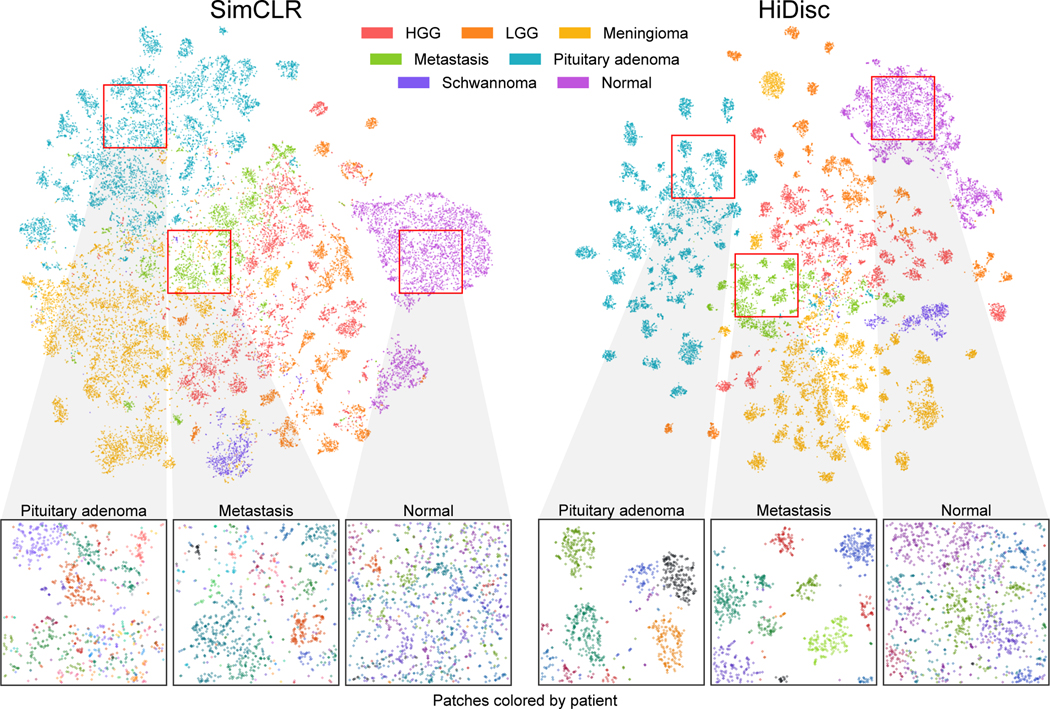Figure 3. Visualization of learned SRH representations using SimCLR and HiDisc.
Top. Randomly sampled patch representations are visualized after SimCLR versus HiDisc pretraining using tSNE [52]. Representations are colored based on brain tumor diagnosis. HiDisc qualitatively achieves higher quality feature learning and class separation compared to SimCLR. Expectedly, HiDisc shows within-diagnosis clustering that corresponds to patient discrimination. Bottom. Magnified cropped regions of the above visualizations show subclusters that correspond to individual patients. Patch representations in magnified crops are colored according to patient membership. We see patient discrimination within the different tumor diagnoses. Importantly, we do not see patient discrimination within normal brain tissue because there are minimal-to-no differentiating microscopic features between patients. This demonstrates that in the absence of discriminative features at the slide- or patient-level, HiDisc can achieve good feature learning using patch discrimination without overfitting the other discrimination tasks. HGG, high grade glioma; LGG, low grade glioma; Normal, normal brain tissue.

